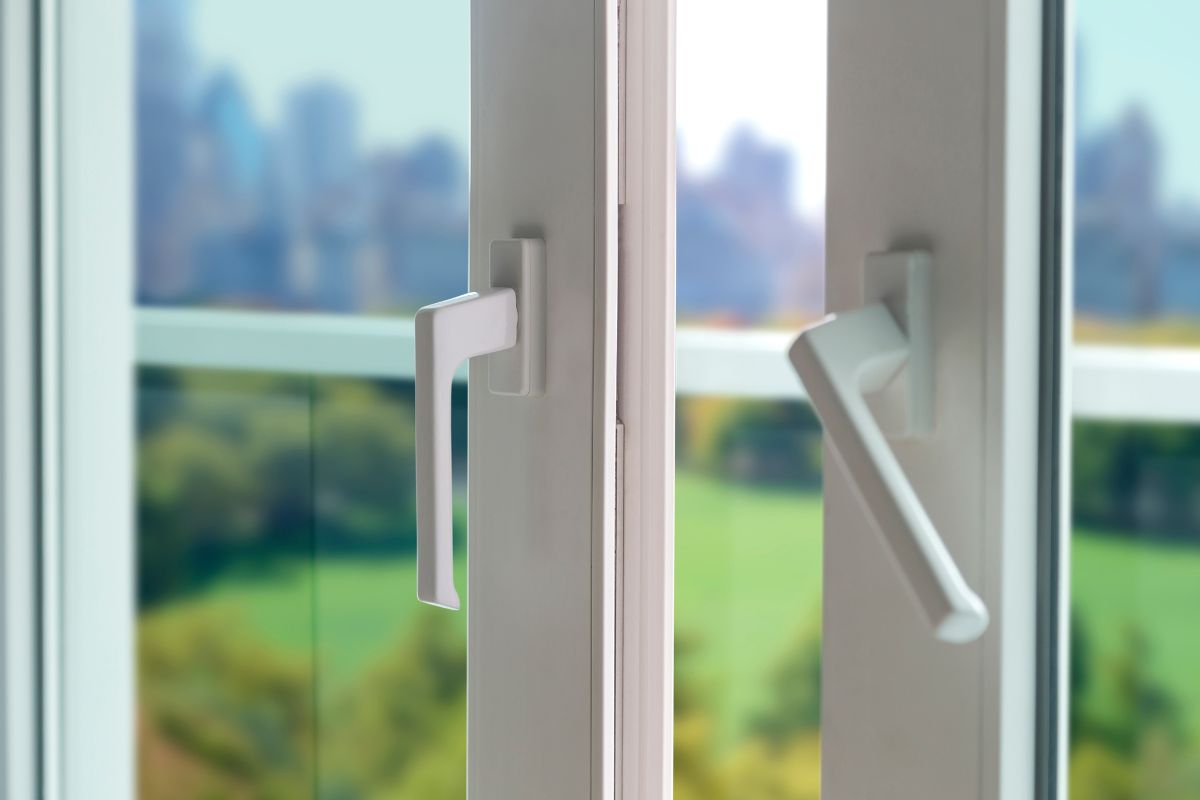If your energy bills seem to climb every time the temperature swings, your siding could be playing a bigger role than you think. In a city like Chicago, where winters are harsh and summers are humid, poor exterior insulation can cost homeowners hundreds each year. For those looking to lower energy bills in Chicago, upgrading your siding may be one of the smartest places to start.
Why Energy Efficiency Starts with Better Siding
Your home’s siding does more than just add curb appeal. It plays a major role in how well your house holds in heat during the winter and deflects it in the summer. Poorly insulated or aging siding can leak air, forcing your HVAC system to work harder and longer. Over time, that raises your heating and cooling costs.
James Hardie siding products are built with both durability and efficiency in mind. When installed correctly, they reduce the strain on your furnace and air conditioner, which leads to more consistent indoor temperatures and lower monthly bills.
How James Hardie Siding Contributes to Energy Savings
Designed for Climate Zones Like Chicago
James Hardie offers climate-specific siding products through its HardieZone® System. Chicago falls under HardieZone 5, which means the siding installed here is engineered for freezing temperatures, snow, wind, and wide temperature swings. This extra protection prevents warping, cracking, and gaps that let air leak in or out.
When your siding remains tightly sealed and intact year-round, your home becomes more thermally stable. That leads to less reliance on heating and cooling systems during extreme weather.
Added Insulation Through Professional Installation
James Hardie siding is not insulated on its own, but we typically install it along with a foam sheathing or a weather-resistant barrier. This creates an additional layer of insulation and helps prevent thermal bridging, which occurs when heat escapes through wall studs or poorly sealed gaps.
This multi-layered approach is especially effective in older brick or frame homes that lack modern insulation. Together, the siding and underlayment form a protective shell that helps shield your home from external temperatures.
Key Features That Help Lower Energy Bills in Chicago
Airtight Sealing Around Windows, Doors, and Corners
We take special care to seal all joints, edges, and penetrations when installing James Hardie siding. This includes caulking around windows and doors, flashing vulnerable areas, and overlapping boards properly. These small details make a big difference in keeping drafts out and conditioned air in.
Moisture Resistance That Protects Insulation
Energy efficiency isn’t just about temperature, it’s also about keeping your insulation dry. Moisture intrusion can damage insulation over time, reducing its effectiveness. James Hardie siding resists water better than wood and doesn’t swell or rot like traditional materials. That helps preserve the quality of your wall insulation, especially during snowy winters and heavy rains.
Long-Term Stability Means Lasting Performance
Unlike vinyl or wood, James Hardie siding holds up against decades of freeze-thaw cycles without becoming brittle or misshapen. Its dimensional stability keeps your walls sealed tightly and helps prevent the kind of wear that leads to air leakage. That long-term durability means consistent energy performance year after year.
Tips for Getting the Most Out of Your New Siding
Work with a Certified Installer
Proper installation is critical. Even the best siding won’t perform if seams are left unsealed or insulation is skipped. Our crew at All Star is trained in James Hardie’s best practices to make sure your siding performs as designed.
Consider Upgrading Your Housewrap
When installing new siding, we often recommend upgrading to a high-quality weather-resistant barrier. This added layer works alongside the siding to block moisture and limit airflow, further improving your home’s energy efficiency.
Schedule a Home Energy Audit
Consider scheduling a professional energy audit either before or after your siding project. It can help identify other areas of your home, such as outdated windows or insufficient attic insulation, that may be contributing to higher energy costs. When paired with new siding, these improvements can lead to even greater monthly savings.
How New Siding Can Help Lower Energy Bills in Chicago Homes
James Hardie siding is more than just a cosmetic upgrade. For Chicago homeowners facing high utility costs, James Hardie siding offers a reliable way to improve comfort, increase energy efficiency, and add long-term value. It helps lower energy bills in Chicago’s harsh climate by sealing the home against the elements, preventing moisture damage, and supporting proper insulation.
If you’re considering a siding upgrade and want to improve your home’s energy performance, we’re here to help. We’ll walk you through your options, explain our installation process, and provide a customized quote for your home.
Ready to lower your energy bills with new siding? Contact us at All Star today for a free James Hardie siding consultation.






